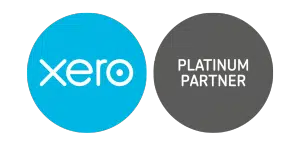Fixing any configuration settings or invalid data before you start end of year processes will mean your clients will have less reconciling to do after the final pay run of the Financial Year.
1. Have you checked employee details?
Ensure employee name, address, date of birth and Tax File Numbers are valid. If an employee’s Tax File Number has been entered as ‘111111111’, you should make sure you contact the employee for the correct data. By making sure that data is correct, it’ll save you from having to resubmit STP finalisation.
2. Have you checked approved working holiday makers?
Do your clients have approved working holiday makers in their business? Check if their employee’s working holiday maker flag is correct. This can be done on the employee’s tax file declaration page.
3. Do you need to report Fringe Benefits Tax for any employees?
Make sure you’re familiar with their reporting requirements. You can easily report FBT for each employee via Single Touch Payroll as an STP event, or via payment summaries if the client isn’t yet using STP.
4. Have you allocated the correct STP classification to pay categories?
Ensure you have your pay categories/elements/allowances set up with the correct STP classification. These classifications will determine whether earnings should be reported as gross earnings or allowances etc., or whether they shouldn’t be reported (e.g. living away from home allowances).
5. Reconcile end of year lodgement data with your clients’ payroll reports
Ensure the data that you’re lodging matches with what has been processed for the Financial Year for each client. Make sure all pay runs are finalised and all payments due before June 30 have been processed, including RESC.
6. Ensure you’re set up to increase the SG rate
The legislated Superannuation Guarantee (SG) rate will increase from 9.5% to 10% from July 1 2021. You can rest assured we will be applying this increase automatically. However, there are exceptions if:
The ‘Automatically update super rates’ checkbox is not ticked in Payroll Settings.
The ‘Override’ checkbox in the ‘Super rate’ column in an employee’s Pay Rates screen is ticked
The ‘Override’ checkbox in the ‘Super rate’ column of any pay rate template is ticked
Ensure your settings are changed accordingly if you want an automatic update!





